
Post by : Amit
Photo : X / Haplo
Japan’s SEEE Process Recycles 90% of Rare Earths from EVs
Japan’s latest innovation in rare earth recycling offers a powerful solution to a critical problem: reclaiming scarce materials from end-of-life electric vehicles. The newly unveiled Selective Extraction–Evaporation–Electrolysis (SEEE) process can recover a remarkable 96% of neodymium and 91% of dysprosium, both essential to powerful EV motor magnets. By pushing purity levels above 90%, the method marks a major step toward closing the sustainability loop for high-tech transportation.
Reimagining the Value in Motor Magnets
In the world of rare-earth elements, neodymium and dysprosium are the unsung heroes of powerful magnets that drive EVs and wind turbines. However, manufacturing and mining these elements come with steep environmental and political costs. Japan’s SEEE method flips this narrative by turning once-difficult waste into a valuable source of materials. With this approach, magnets retiring from EV motors become a second life opportunity rather than landfill, reinserting critical raw materials back into the supply chain.
SEEE: How It Works
The SEEE process takes a clever three-step approach. First, extraction isolates the rare earth compounds from the magnet matrix. Then, evaporation separates impurities while concentrating the target elements. Finally, electrolysis purifies the extracted materials to near-pristine grades. This refined method raises recovery rates into the mid-90s percentile—a significant improvement over legacy processes—and does so within a contained, more sustainable system.
Why It Matters for EV Supply Chains
With growing demand for electric vehicles, securing reliable rare earth sources has become a strategic imperative. Many manufacturers currently depend on imports, especially from geopolitical hotspots. Japan’s SEEE technology offers a homegrown alternative, one built on recycling rather than new mining. This not only strengthens supply chain resilience but also appeals to environmentally conscious consumers and regulators—positioning automakers to tap into a greener future more confidently.
A Circular Sustainability Story
The implications of SEEE reach beyond economics; they’re ecological and strategic. By making magnets recoverable, Japan is reinforcing circular resource systems, reducing reliance on mining and limiting environmental degradation. This logic of reuse embodies a mature approach to sustainability—where value is preserved rather than wasted, and where green technologies themselves become greener from start to finish.
Comparison with Older Techniques
Traditional methods often required laborious processes like demagnetization, manual disassembly, and mechanical shredding—all steps that slow recovery and degrade material quality. Other approaches lose rare-earth elements to waste streams or dilute them within scrap. The SEEE process streamlines it all into a contained, efficient workflow with far higher yields. The result is faster processing, less labor, and purer, high-value outputs.
Scaling Challenges on the Horizon
The lab-scale success of SEEE is undeniable, but scaling for mass application involves hurdles. Engineers must adapt the method to handle motors at volume, ensuring safety, energy use, and operational efficiency. Infrastructure investment will also be needed to gather used motors, integrate with auto recycling workflows, and certify the quality of recycled outputs. Even so, the clear advantages provide strong impetus for commercial development.
Strategic Collaboration and Industry Impact
Japan’s circular ambitions are not limited to SEEE alone. Broader efforts are underway across academia and industry to diversify rare-earth sourcing—ranging from seabed mining to partnerships with foreign suppliers. The SEEE process represents a complementary strategy: tapping recycled local resources while forging global alliances where needed. Together, they form a multi-pronged path toward rare-earth independence.
Industry Players Respond with Optimism
Automakers under pressure from supply volatility will find SEEE compelling. It offers a reliable fallback source while boosting their environmental credentials. Recycling firms see potential to partner in launching new recycling facilities. Government agencies, too, recognize the strategic value—advocating for policies that favor resource circularity. As the technology matures, its ecosystem is likely to quickly expand.
Environmental Benefits and Policy Alignment
Eco-conscious governments around the world are turning to extended producer responsibility and material circularity. SEEE aligns neatly with these priorities, providing a proven method to reduce mining impact and manage e-waste responsibly. With tightened regulations on EV and battery disposal, the method could become a central pillar in policy frameworks supporting sustainability and resource security.
Reimagining Resources: The Drive Toward Circular Markets
As global demand for EVs surges, the REE supply crunch intensifies. SEEE offers a tangible way to alleviate pressure, letting recycled sources carry part of the burden. Widespread adoption could reshape markets—turning recycled REEs into robust, reliable feedstocks. Ironically, the very magnets that propel EVs forward may one day become engines of a more sustainable industrial future.
A Vision of Regenerative Innovation
Japan’s SEEE development captures the essence of regenerative technology—not only improving performance but restoring balance. It transforms waste into opportunity and aligns industrial growth with environmental responsibility. In a future increasingly defined by resource constraints, such technologies will determine who leads. Japan’s SEEE has put a marker down: sustainability can be innovative, efficient, and transformational.
SEEE rare earth recycling, EV magnet recovery, Sustainable rare earth recovery


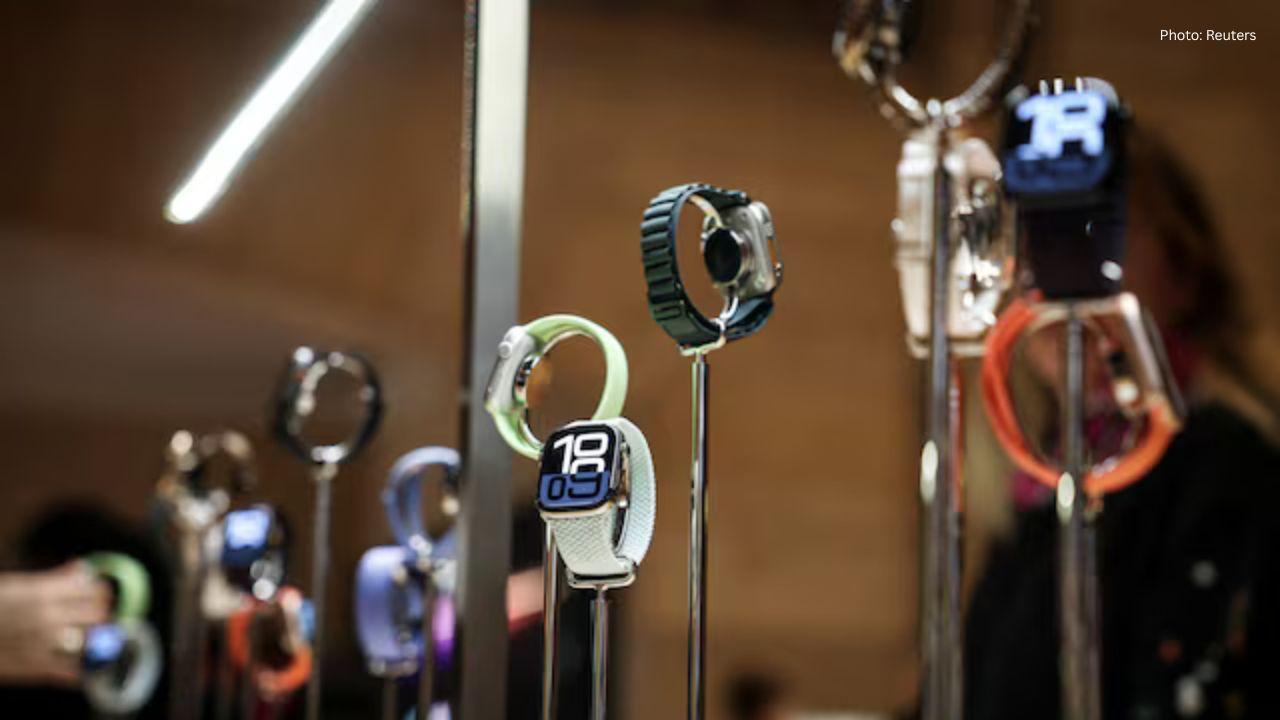
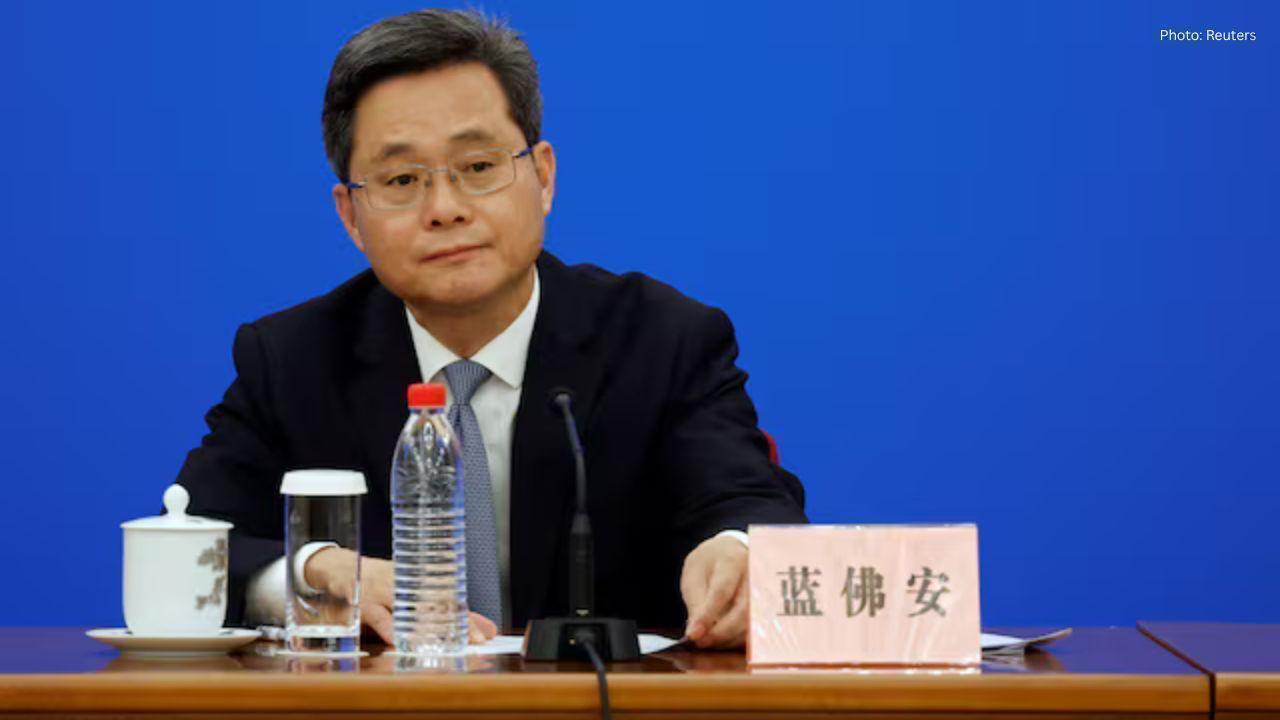


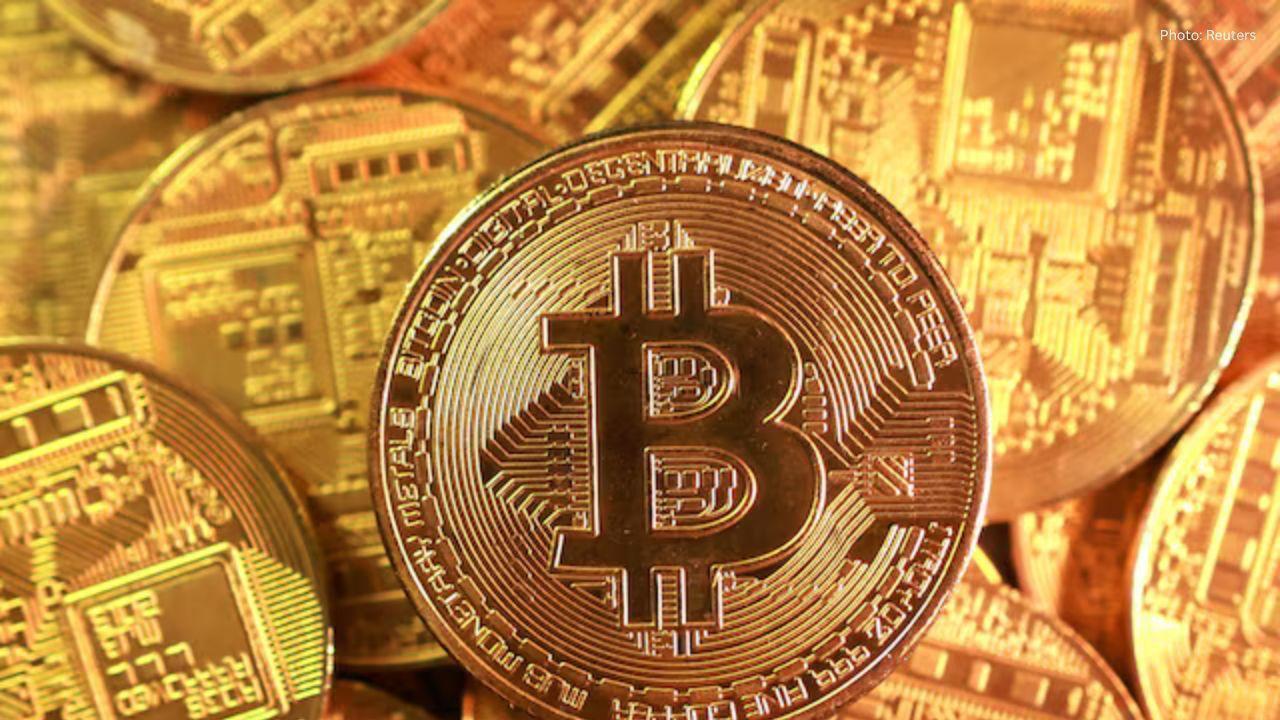

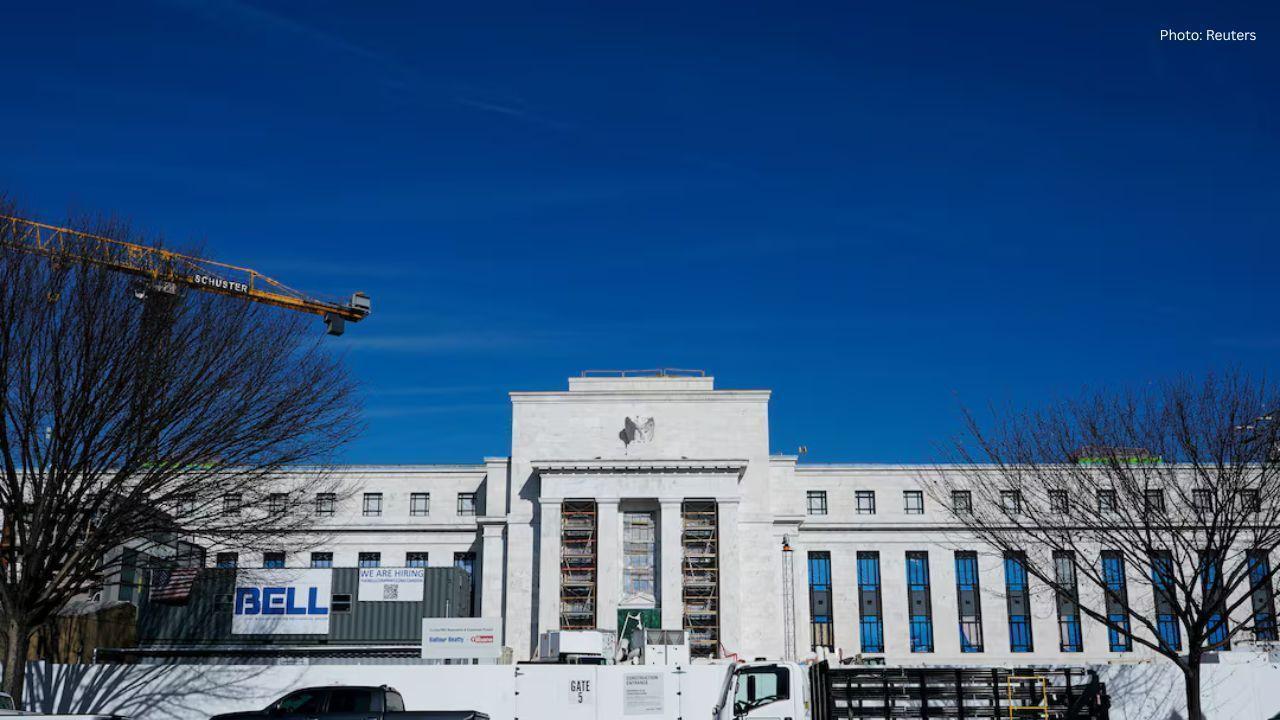

Advances in Aerospace Technology and Commercial Aviation Recovery
Insights into breakthrough aerospace technologies and commercial aviation’s recovery amid 2025 chall
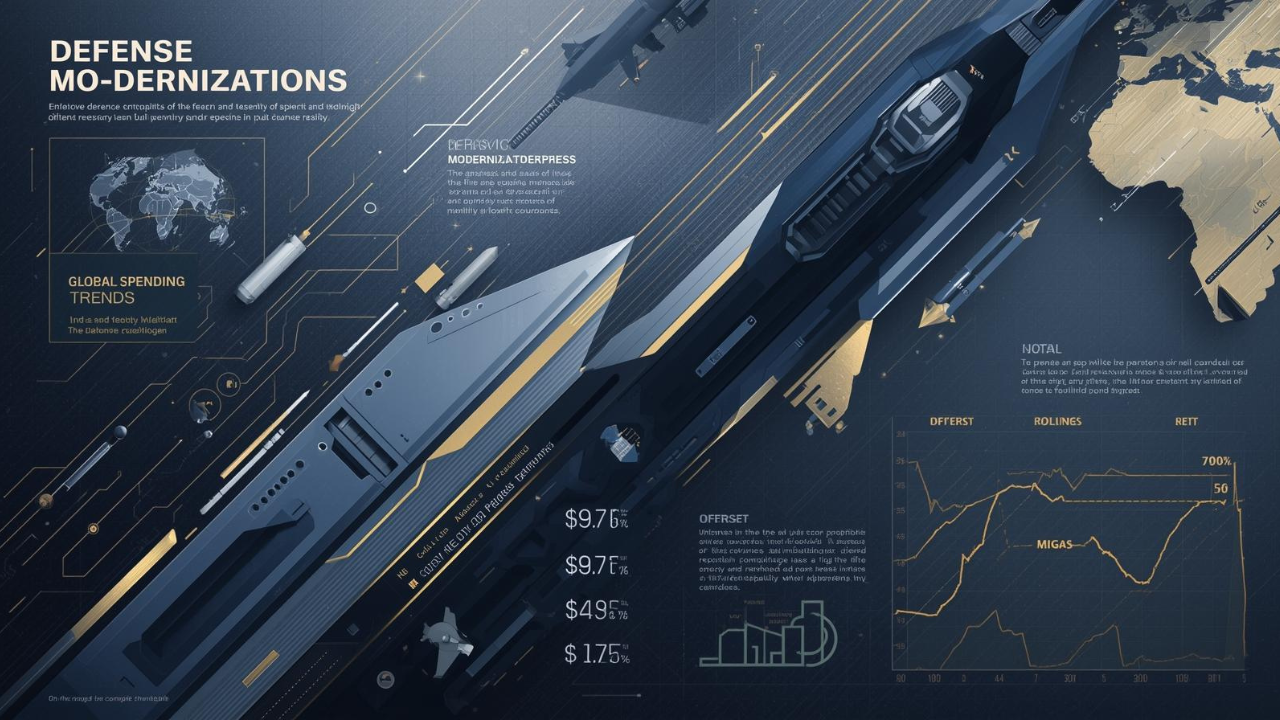
Defense Modernization and Strategic Spending Trends
Explore key trends in global defense modernization and strategic military spending shaping 2025 secu

Tens of Thousands Protest in Serbia on Anniversary of Deadly Roof Collapse
Tens of thousands in Novi Sad mark a year since a deadly station roof collapse that killed 16, prote
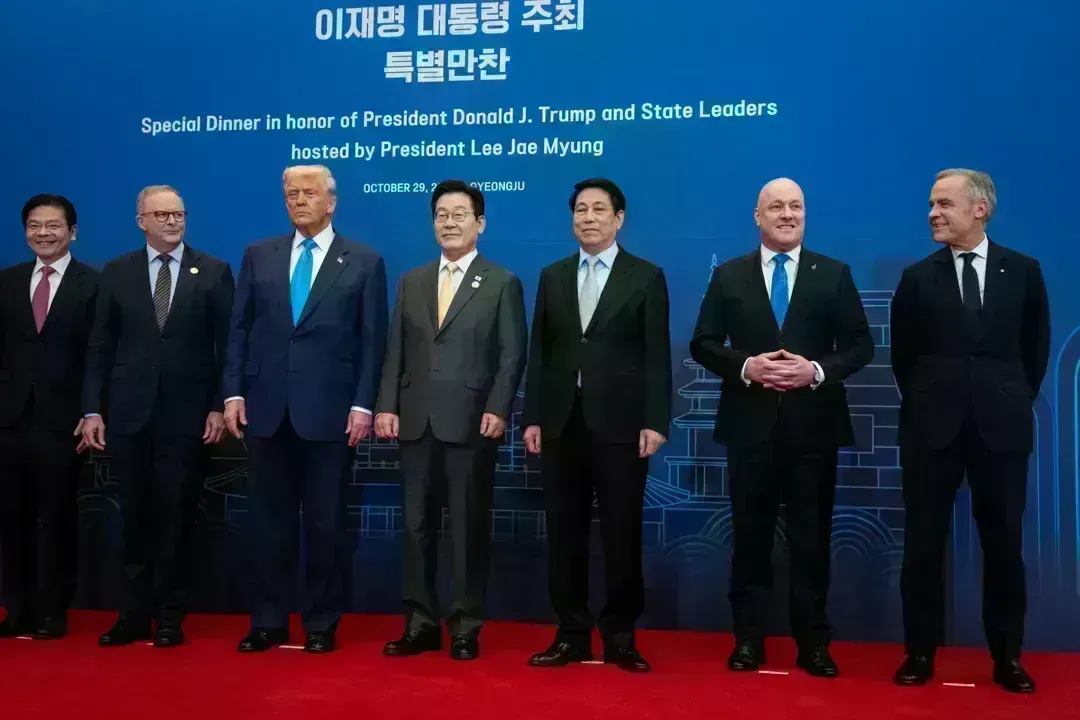
Canada PM Carney Apologizes to Trump Over Controversial Reagan Anti-Tariff Ad
Canadian PM Mark Carney apologized to President Trump over an Ontario anti-tariff ad quoting Reagan,

The ad that stirred a hornets nest, and made Canadian PM Carney say sorry to Trump
Canadian PM Mark Carney apologizes to US President Trump after a tariff-related ad causes diplomatic

Bengaluru-Mumbai Superfast Train Approved After 30-Year Wait
Railways approves new superfast train connecting Bengaluru and Mumbai, ending a 30-year demand, easi